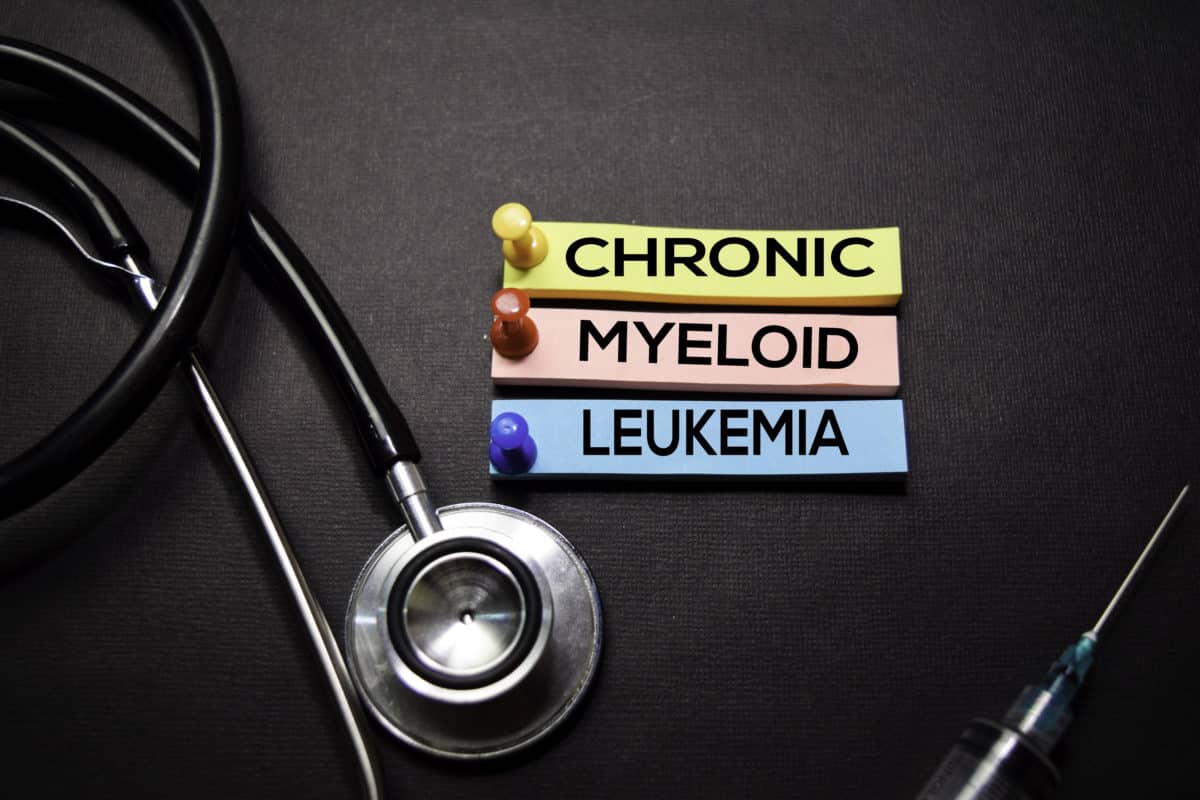Leukemia is cancer in the blood. There are multiple types of leukemia. The one we’ll focus on in this article is chronic myeloid leukemia.
Chronic myeloid leukemia is a type of leukemia cancer that begins to develop in specific blood-forming cells of the bone marrow.
And much like most cancers, this condition is severe, especially if it is not treated early. If you want to learn more about this type of cancer, you’ll find an overview of it below. We’ll cover the symptoms, causes, and treatments for CML.
Chronic Myeloid Leukemia (CML) Signs, Causes, & Treatments
Causes Of CML
Chronic myeloid leukemia mainly occurs when the leukemia blood cells replace the normal blood-making cells in the bone marrow. As a result, there is a shortage of not only red blood cells but also white blood cells and platelets.
It’s not clear yet what causes this to happen. However, it is something the develops after birth and does not appear to be genetic.
Risk factors for CML are being male, old age and exposure to radiation.
Signs Of Chronic Myeloid Leukemia
Signs and symptoms of CML include the following:
- Weakness
- Tiredness/fatigue
- Weight loss
- Night sweats
- Fever
- Pain in the bones
- Enlarged spleen along with the feeling of weight under the left side of the ribcage
- Loss of appetite or fullness in the belly
Pain in the bones can be felt due to the leukemia cells spreading from the marrow cavity to the surface of the bone/joint.
Treatments For Chronic Myeloid Leukemia
Since chronic myeloid leukemia is a severe leukemia cancer, there is more than just a single treatment for it. One of these treatments includes targeted drug therapy.
Targeted drug therapy attacks the cancer cells and the source that allows them to multiply and grow. These drugs target specifically to fight chronic myeloid leukemia through the protein tyrosine kinase.
Some of these drugs include:
- Imatinib (Gleevec)
- Dasatinib (Sprycel)
- Nilotinib (Tasigna)
- Bosutinib (Bosulif)
- Ponatinib (Iclusig)
Chemotherapy is also a treatment for many types of cancer, including CML. This is a drug treatment that eliminates fast-growing cells such as cancer and leukemia cells.
Chemotherapy is coupled with targeted drug therapy, especially for severe cases of CML. But sadly, these treatments may not be enough to treat chronic myeloid leukemia.
When all treatment options are insufficient, the last option is known as bone marrow transplant. It is what is considered as the cure and last resort for chronic myeloid leukemia.
During a bone marrow transplant, or more famously known as stem cell transplant, high doses of chemotherapy drugs are taken to kill the blood-forming cells found in the bone marrow. Then a donor gives out healthy blood stem cells and is infused into the bloodstream.
The new cells then form healthy blood cells that replace the old infected cells.








